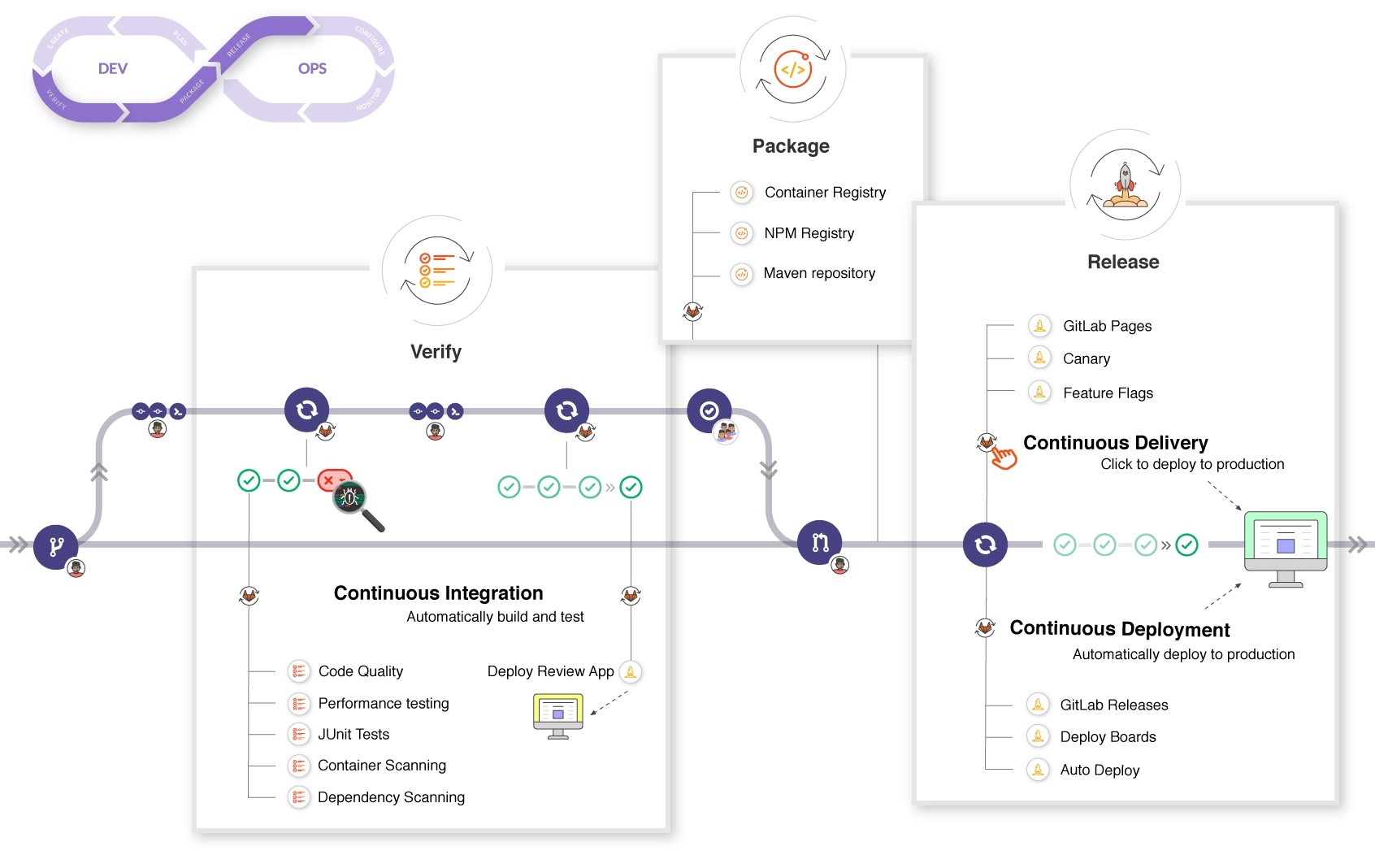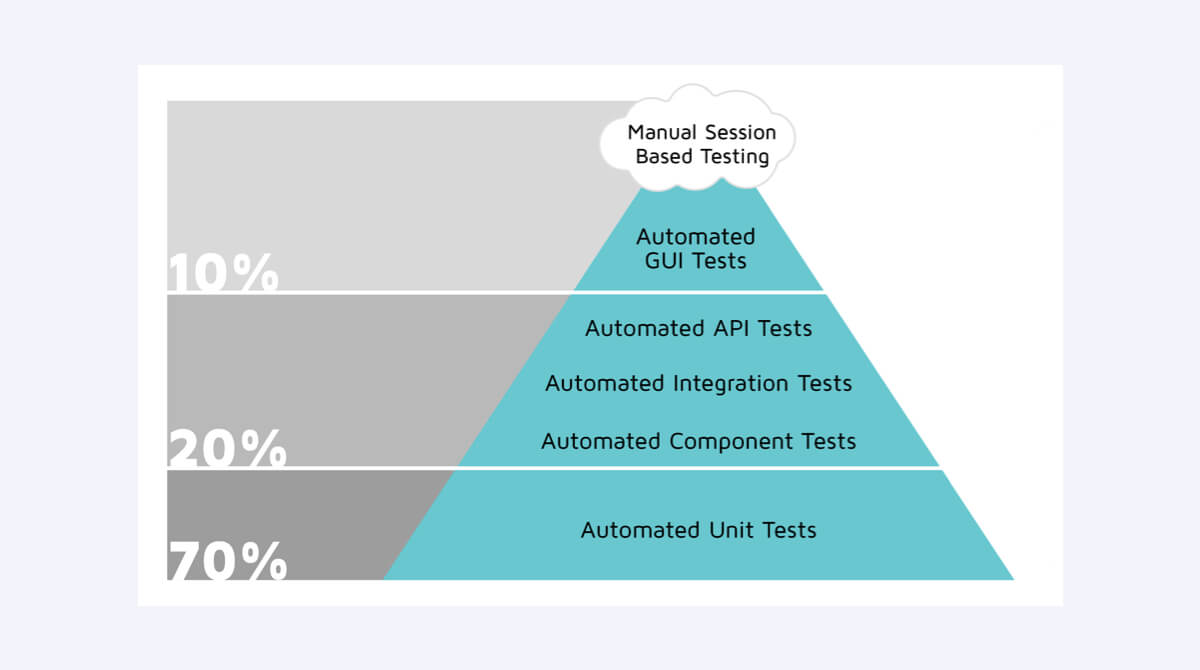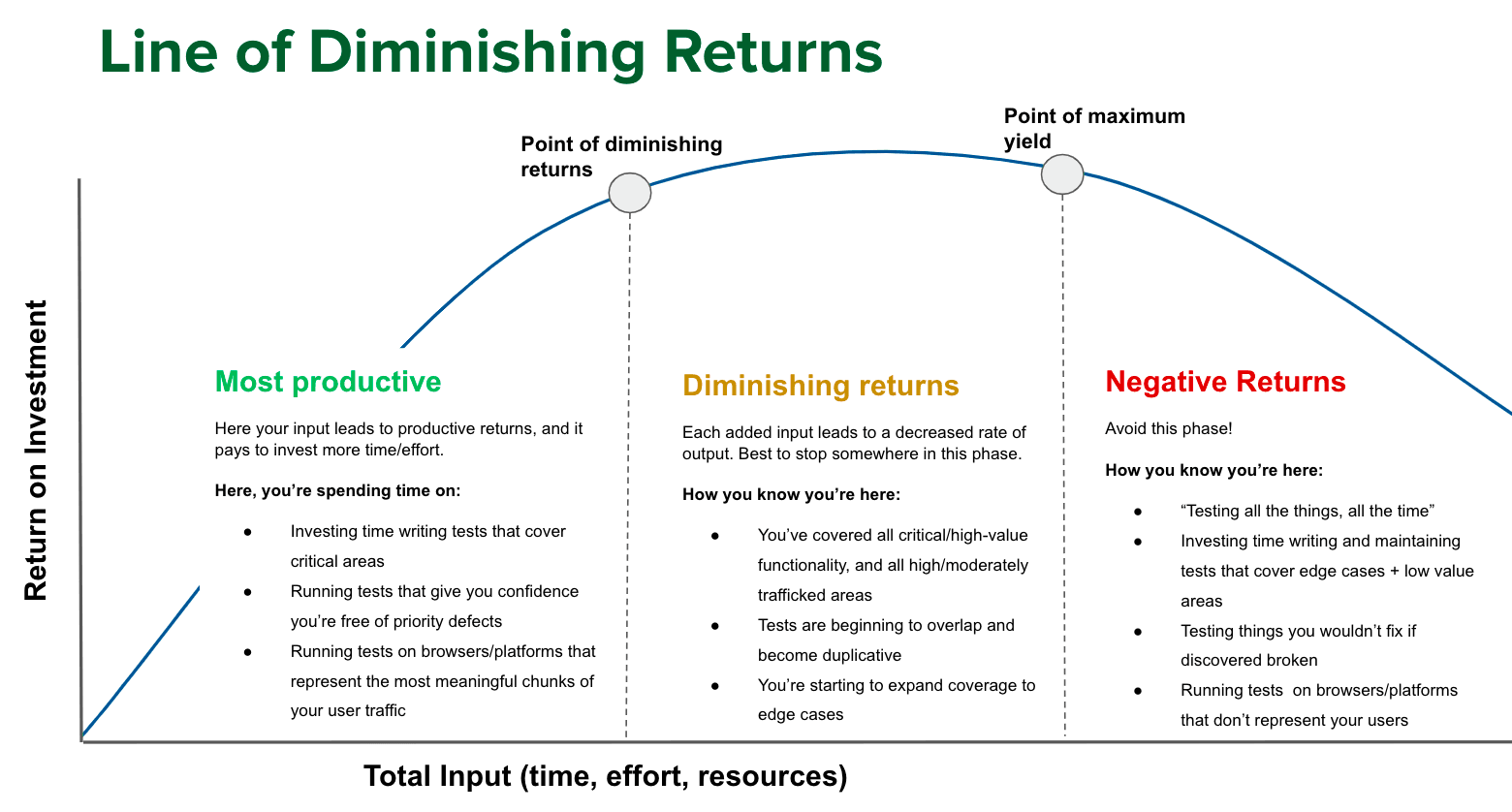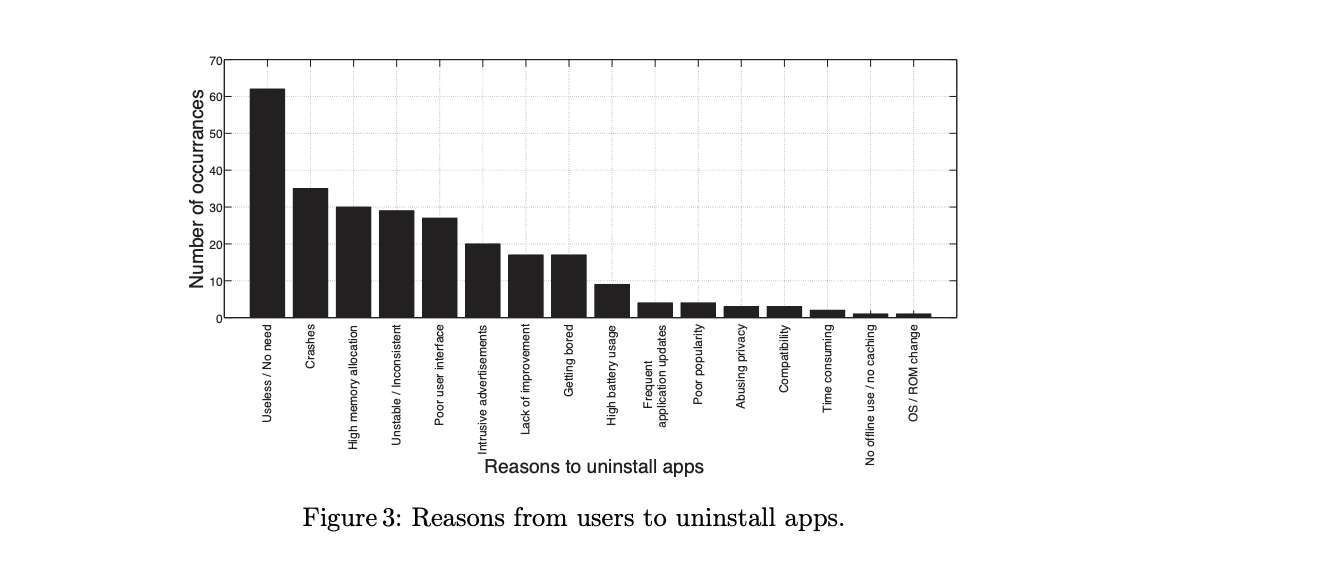Mobile app quality assurance testing guide (+ best tools)
January 30, 2023
The app development process has five main stages: planning, design, development, quality assurance, and deployment.
A lot of mobile app entrepreneurs throw most of their energy into the first three and slightly overlook the last ones.
That’s a mistake.
Quality assurance (app testing) is a crucial part of the development process because without comprehensive QA, you can waste up to 26% of development budgets on unnecessary code reworks.
What is Mobile App Quality Assurance?
Mobile app quality assurance (QA) is a systematic process for ensuring that the development of the mobile app meets pre-agreed quality standards for design, performance, security, reliability, and maintainability.
Quality assurance testing aims to ensure that no critical bugs or defects creep into the app release version.
A typical QA team consists of:
Team lead
QA engineers
Test analyst(s)
Other roles may be present in bigger projects (mainly when testing web services). Though startups get away with smaller teams by embedding testing into their continuous integration (CI) and continuous delivery (CD) pipeline.

Source: GitLab.
Here’s how testing happens with CI/CD:
A developer writes code and then creates a new pull request (a proposition to merge new code with the old).
A QA engineer creates automated test cases to validate a pull request, such as static code analysis, unit tests, regression tests, etc.
If all tests are passed, the new code snippet goes to code review and gets prepared for deployment.
The same pull request can be subject to extra automated tests at those stages, plus a final round of manual testing (for UI, for example).
Then it's marked as a release candidate and scheduled for deployment.
Software quality assurance might sound long, but it happens in days if done with smart quality assurance automation.
In fact, 44% of companies integrate tests as automatic quality gates in their CI/CD pipeline to detect and fix bugs early.
Types of Mobile App Development Tests
Software quality assurance gets done in two ways:
Manually
Automatically
Manual and automated methods have a place in modern SDLCs. Though automated testing prevails because it is faster and more comprehensive.
Automated Testing
Automated app testing (QA automation) means automatically reviewing, assessing, and validating mobile apps against predefined requirements using testing tools.
Quality assurance engineers create scripts to verify how an app performs under different conditions, in different environments, and on multiple devices.
Most automated tests are written to validate an app against technique requirements (e.g., performance parameters) or to test its business logic against multiple user inputs.
Types of automated mobile app tests:
Functional testing validates individual app functions under different conditions.
Performance testing evaluates app behavior in different usage scenarios (e.g., under peak traffic, minimal battery usage, etc.).
Automated smoke testing (acceptance testing) reveals basic but critical failures in an app.
Regression testing confirms that new code/features won’t tamper with existing functionality.
Security tests help identify and mitigate vulnerabilities during the development stage.
API and integration tests verify that different app components work well together.
Most of the above is done as virtual device testing, meaning a QA engineer schedules tests to run on simulated mobile devices (rather than actual hardware). Testing on real devices is also important for better app quality.
All the above tests can (and should be!) integrated into your SDLC.
Manual Testing
While automation testing covers all technical characteristics, manual testing verifies all things user experience (UX), such as navigation, app learning curve, engagement mechanisms, and overall app usage experience.
Types of manual app tests are:
Usability testing to identify problems and opportunities in app design.
Exploratory testing to discover edge cases in user behaviors and app performance in real-world conditions.
Localization testing to verify proper translation and adaptation of graphical user interfaces to a specific user audience.
Also, user acceptance testing (UAT) is done manually, with real users (beta testing), or with business representatives (your team).
It’s the final stage of mobile quality assurance, where you verify that you met all app requirements and fulfilled the set product goals.
6 App Quality Assurance Best Practices
Good structure is key to the app development process.
Without a system, you’ll struggle at the prep stages — with app timeline estimation and app costs. Then during app development when your team needs to make decisions on feature prioritization, coding, and testing.
Quality assurance is an integral part of software development, so it has to be incorporated into the software development life cycle (SDLC).
Here’s how it’s done.
1. Set Up Your Testing Pyramid
A testing pyramid (also called automation pyramid) is a tiered framework for sequencing multiple approaches to test your mobile app end-to-end.
It helps app developers and QA professionals ensure comprehensive quality control and reduce QA testing time without compromising mobile app quality.
A standard testing pyramid includes three types of automated tests plus extra manual testing:
Automated UI testing to validate all user interfaces
Integration tests to validate all mobile app SDKs, APIs, integrations, and app component performance
Unit testing of isolated components of mobile app source code (part of the development process)

Source: Infinium Quality Assurance Playbook.
A testing pyramid consists of automated test cases QA engineers must perform in a specific sequence regularly.
The purpose: get immediate feedback to ensure that new code doesn’t disrupt existing functionality.
When designing a test pyramid, a QA analyst:
Determines the required automated tests. This can differ based on your industry (e.g. financial mobile apps require more rigorous security testing) and app architecture (native and hybrid apps have different testing scopes).
Recommends test automation coverage levels. You can automate up to 90% of simple unit tests, but some testing scenarios require both manual and automated methods.
Designs and configures an automation testing framework (together with QA engineers). A test automation framework is a combination of rules, tools, and processes used to test a mobile app at different stages of the development process.
2. Decide on the Optimal Test Automation Framework
An automated testing framework is purpose-built for your product and focuses on specific problems you want to address e.g. security issues, app performance problems on different devices, installation errors, and so on.
Good QA testing means formalizing app testing requirements first, then selecting test cases, and only then selecting automation testing tools.
Bad reasons for selecting a mobile test automation framework:
Our QA engineer knows it
It’s from a popular vendor
Everyone else is using this
Good reasons for selecting a test automation framework:
Supports multiple testing approaches
The test environment is convenient and secure
Complements manual tests we do
Works for our industry and product type
To select the optimal test automation framework, ask your quality assurance team the following questions:
Does it meet all testing requirements for speed, usability, and hosting?
Can we integrate it with an existing CI/CD pipeline?
Will work for all the technologies and environments we are using (e.g., support cross-platform testing)?
What are the adoption costs? How much time setup and onboarding will take?
With the above questions in mind, you can compare popular mobile testing automation frameworks such as Appium (for hybrid apps), Espresso (for Android), or XCUITest (for iOS mobile apps).
Other choices include:
Detox framework (cross-platform)
OpenTest (cross-platform)
Finally, you can always assemble a custom test automation framework using a combo of open-source and premium testing tools.
3. Collect and Prepare Test Data
Automation tests validate your app code or functionality against specified conditions — parameters that define good app performance, code quality, or product security.
When creating automated tests, you need to provide input data for it (those specific conditions or average user actions).
You can either provide input test data manually during test execution or have the mobile app pick it up from predefined data locations. Test data prep is part of the testbed preparation stage of the mobile app testing process.
Writing and executing test cases without a systematic approach to test data management can lead to gaps in automated test coverage.
You can use masked or synthetic test data.
Masked test data is actual production data, stripped of any confidential or sensitive information.
Synthetic test data is a computer-generated testing data set, mimicking common user data inputs.
Using any type of private data — coming straight from users and production environments — is a violation of global privacy regulations like GDPR.
4. Progressively Increase Test Coverage
Quality assurance testing automation isn’t done in a day. It’s a continuous process of expanding your test coverage rates for different types of tests, mobile devices, and operating system versions.
Test coverage measures how much of the app code is tested before it is released. For example, if you have 10 requirements with 20 tests and 15 of the 20 tests are performed, you have 75% test coverage.
That said: more testing isn’t always better. At some point, you enter the plateau of diminishing returns:

Source: Rainforest.
To ensure you are running just enough tests, make a list of all app’s features and usage scenarios. Then rank them by priority.
This is called making a test coverage plan.
Identify common user scenarios and rank them by priority (Essential to good-to-have)
Analyze your first test plan for gaps. Which priority tests you’ve missed earlier?
Plan to cover the testing gaps by expanding coverage to more operating system versions, multiple devices, screen sizes, etc.
Explore extra user paths. Are you just covering normal user behavior? What about scenarios behind reported app crashes or aggressive app usage?
For published apps, use mobile analytics data (from Google Analytics) and other tools to identify the most used features and increase their test coverage.
Your test coverage goals should go beyond releasing a bug-free app. According to studies, people delete apps because of useless functionality where the product isn’t helpful and fails to retain the target audience with the right features.

Reasons to uninstall apps. Source: Blekinge Institute of Technology.
5. Optimize Your Mobile App Testing Cycle
Speed is a key factor in the quality assurance process. Prolonged testing stalls the development team and pushes your app release date further.
To test mobile apps faster (without sacrificing code quality), you can optimize the automated test execution process:
Allocate dedicated test data to different tests to run parallel tests.
Shorten your test length, especially for regression testing, unit testing, and smoke testing to get a faster execution speed.
Use API calls instead of UI automated scripts to reduce steps in UI testing.
Distribute your automated tests across multiple devices to minimize queuing.
Encourage software developers to use native platform debugging tools instead of custom logic.
High-performing QA teams set metrics for maximum acceptable test execution time and the total number of tests per feature/app. Then stay within those targets.
6. Work With an Expert Mobile Development Team
Mobile app development and quality assurance (QA) are like peanut butter and jelly — should always go together.
Fixing app defects post-release is 30X more expensive than catching them at earlier stages. Don't separate app development from quality assurance to minimize code reworks and negative user comments.
Rather than hiring QA specialists separately, partner with a mobile app development company with a solid testing DNA (like us!).
We practice continuous testing throughout the entire SDLC to wire quality into your product so that you can confidently plan a beta release of your app.
